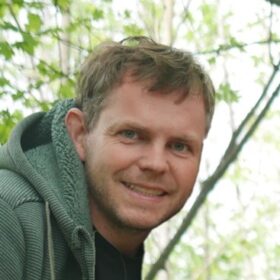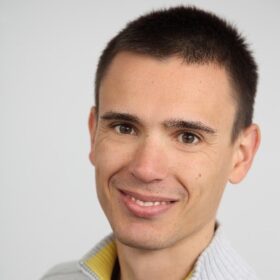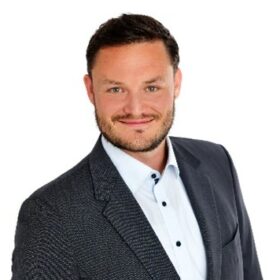Innovations in the solar manufacturing space have come thick and fast in recent years, as cell and module makers seek higher performance and unique features to differentiate their products. In this pv magazine Webinar, we examine the combination of two European technologies already impacting the market and take a closer look at German supplier Singulus’ new Passivated Edge Technology (PET) tool that promises further benefits from half, third or shingled cut cells.
Half-cut cells quickly rose to become an industry standard a few years ago, and now third-cut and shingled cells cut into smaller strips are gaining ground commercially as well. This places emphasis on the process used to cut the cells, and the need to avoid any damage or loss of performance as a result.
Research has shown that even with highly optimized cutting processes such as 3D-Micromac’s Thermal Laser Separation, some loss of performance resulting from the creation of a gap in the passivation is difficult to avoid. In this pv magazine Webinar we’ll hear how processes to restore the passivation layer at the cut edge offer an effective solution, and we take a look at the new Generis PET machine from Singulus, which promises to implement this Passivated Edge Technology in the large-scale manufacturing environment.
We’ll first hear from Elmar Lohmüller, product manager at Fraunhofer ISE, with some background on Passivated Edge Technology, the advantage it creates and what has been achieved so far. We then have Thomas Kießling, sales manager at 3D-Micromac, here to talk a bit about thermal laser separation and the need for a high-quality cutting process no matter how you plan to treat the cells afterward.
Then Jan Krausmann, product manager at Singulus Technologies will treat us to a look at the company’s new tool, Generis PET, and we’ll hear how Singulus has taken the fundamental research into edge passivation and scaled this up to a high-throughput industrial deposition tool. And finally, Nils Klasen, technology & sales manager with M10 Solar Equipment GmbH will join to discuss the company’s novel approach to shingled modules – the shingled cell Matrix – and how new developments in cell cutting and edge passivation can benefit this even further.
pv magazine Webinar content:
- State of the art in passivated edge technology
- Thermal laser separation and high quality cell cutting
- Shingled module manufacturing and the ‘shingled cell matrix’
approach - Industrial application of PET technology
- Q&A
Questions can be submitted beforehand or during the webinar through a chat window. Mark Hutchins, editor at pv magazine, will be the moderator of this webinar.
Registration for this pv magazine Webinar is free of charge.




